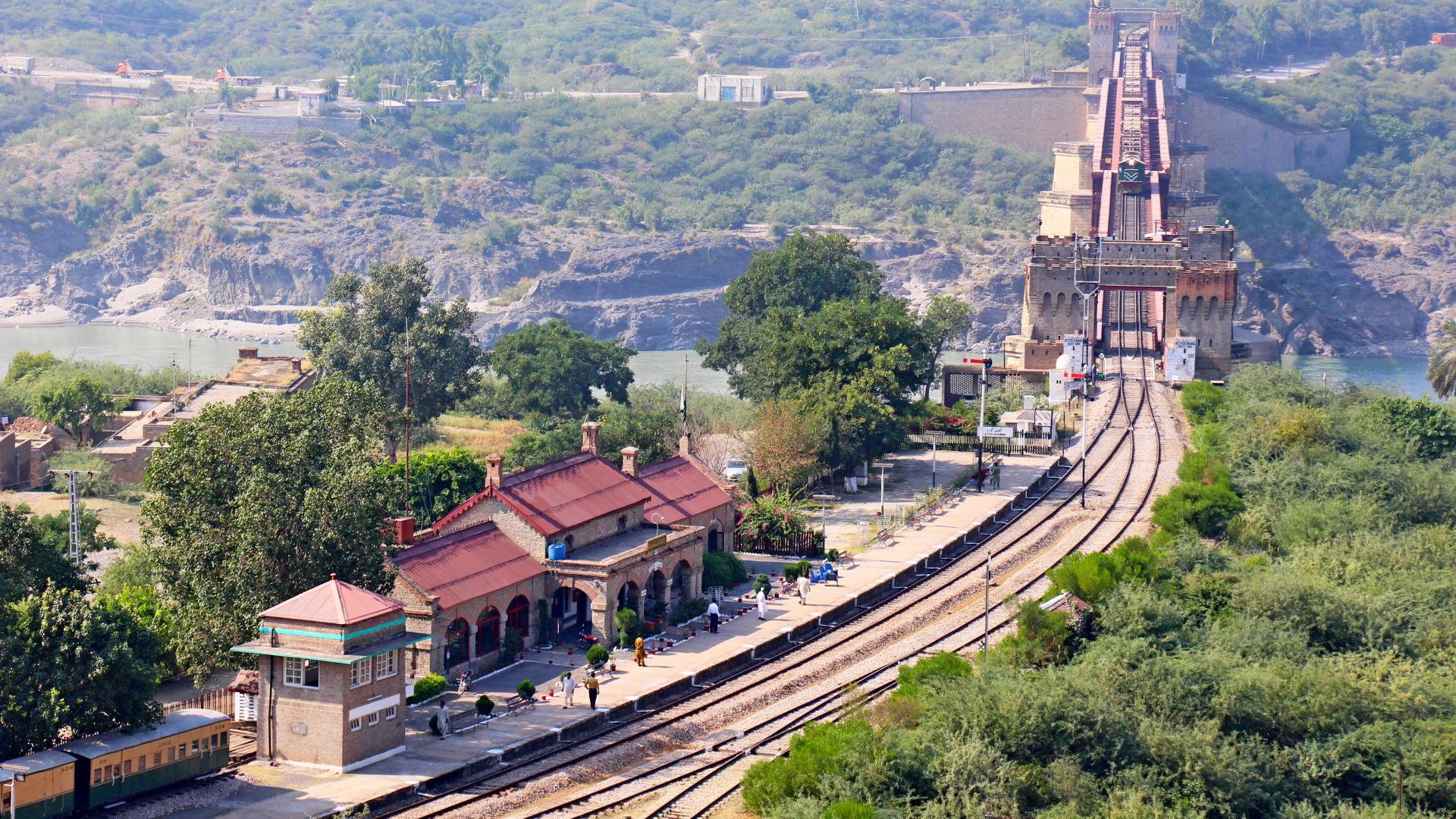Tourist Attractions In Pakistan
Attock Bridge, also known as the Old Attock Bridge, is a historic railway and road bridge over the Indus River, connecting Punjab and Khyber Pakhtunkhwa in Pakistan. Built in 1883 during British rule, it was a crucial part of the Grand Trunk Road and played a strategic role in military and trade routes. The bridge features a unique double-deck design, allowing both railway and road traffic. Over time, a new bridge was constructed nearby for modern transportation, but the original Attock Bridge remains an important historical landmark.
Noor Mahal, built in 1872 by Nawab Sadiq Muhammad Khan IV in Bahawalpur, is a stunning blend of Italian and Indo-Saracenic architecture. Originally intended as a royal residence, it later served official purposes and is now a heritage site managed by the Pakistan Army. The palace boasts grand halls, intricate artwork, and lush gardens, reflecting the opulence of the Nawabs. Its illuminated night view adds to its charm, making it a popular tourist attraction and museum showcasing historical artifacts and royal furniture.
The Islamabad Museum, officially the National Museum of Pakistan, serves as the nucleus for a planned national museum in Islamabad, the capital city. Temporarily housed in the Sir Syed Memorial Building on Ataturk Avenue, it was established by the Department of Archaeology and Museums, National Heritage and Literary Division, Government of Pakistan, to preserve and showcase the country’s rich historical and cultural heritage,. While detailed information about current exhibits is scarce, the museum aims to display artifacts from Pakistan’s ancient civilizations, such as Gandhara and Indus Valley, alongside narratives of its modern history. Despite its modest setup, it offers an educational experience for history enthusiasts, students, and tourists, with plans for a larger permanent facility in the future.
The Lok Virsa Museum, also known as the Pakistan National Museum of Ethnology or Heritage Museum, is a premier cultural institution in Islamabad’s Shakarparian Hills. Established in 1974 and managed by the National Institute of Folk and Traditional Heritage (Lok Virsa), it became autonomous in 2002. Spanning 60,000 square feet, it is Pakistan’s largest museum, showcasing the country’s diverse heritage through artifacts, dioramas, and live performances. With exhibits on traditional crafts, music, and folklore from all provinces, the museum preserves Pakistan’s living traditions and offers an immersive experience for visitors, earning it the title “Museum for the people of Pakistan.”
The Pakistan Monument, located in the Shakarparian Hills of Islamabad, is a national symbol of unity, representing Pakistan’s provinces, territories, and cultural diversity. Designed by architect Arif Masoud and inaugurated in 2007, the monument features a petal-shaped structure resembling a blooming flower, complemented by intricate murals and a crescent-star platform. Adjacent to it, the Pakistan Monument Museum showcases the country’s history, independence movement, and cultural heritage through artifacts, exhibits, and multimedia displays. Set amidst lush gardens with panoramic views of Islamabad, it is a must-visit for tourists and history enthusiasts.







